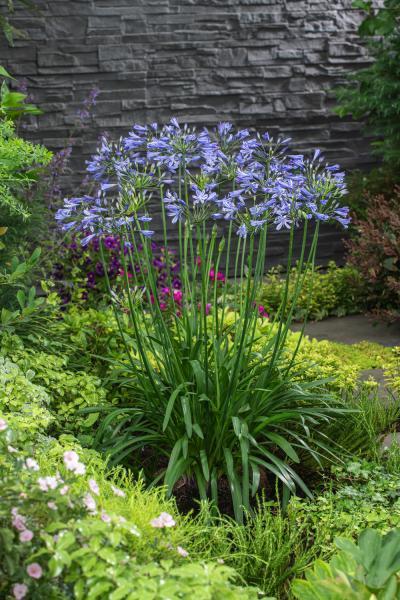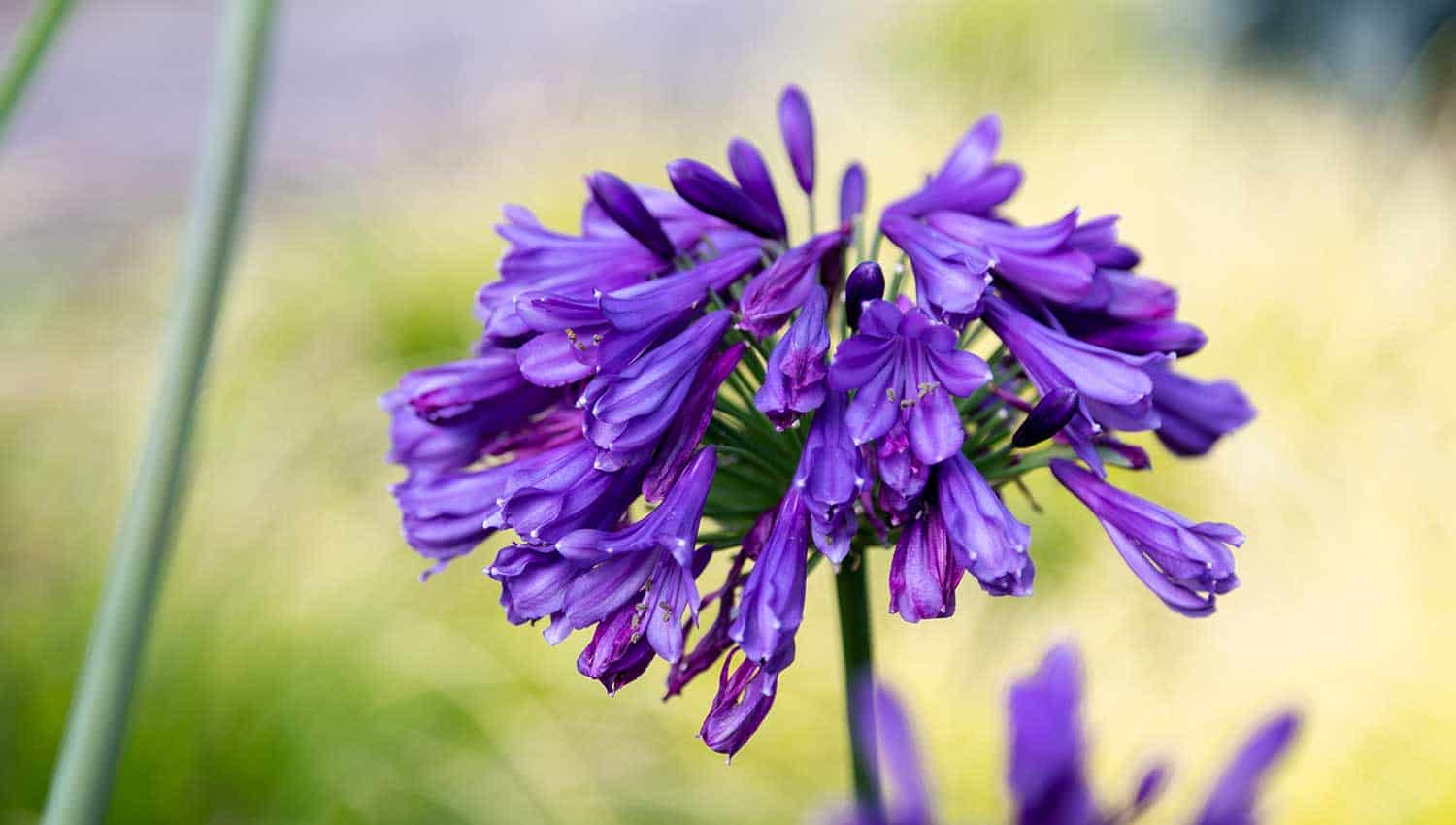Letting Loose the Secret to Successful Agapanthus Cultivation: Idea for a Flourishing Garden
In the realm of horticulture, cultivating agapanthus efficiently needs a strategic strategy that includes various aspects of plant care. With mindful interest to detail, one can open the tricks to nurturing these spectacular blooms, bring about a garden that prospers with charm and vibrancy. By recognizing the nuances of agapanthus cultivation, one can create a setting where these plants thrive and bloom abundantly. In the adhering to conversation, we will discover essential pointers and techniques that will direct you in the direction of a flourishing agapanthus garden, supplying insights into ideal methods, dirt problems, watering strategies, and much more.
Planting Agapanthus: Best Practices
When planting Agapanthus, correct dirt preparation is necessary for making sure effective development and growth of these gorgeous blossoms. Agapanthus, generally referred to as Lily of the Nile or African lily, prospers in well-draining dirt with a somewhat acidic to neutral pH level - Agapanthus. Before planting, it is vital to amend hefty clay soils with natural matter such as compost or peat moss to enhance drain and supply crucial nutrients for the plants
To plant Agapanthus, choose a location that gets complete sunshine to partial shade, as this will promote healthy and balanced development and plentiful blooming. Dig a hole two times the diameter of the plant's root sphere and put the Agapanthus at the very same depth it was formerly growing. Carefully backfill the hole with soil, pushing down strongly to eliminate any type of air pockets around the roots.
Water the newly grown Agapanthus completely and proceed to keep the dirt evenly damp, specifically throughout the plant's active expanding period. Agapanthus. Using a balanced fertilizer once a month can further support the plant's development and blooming. By complying with these best practices for growing Agapanthus, you can develop a sensational display of these captivating flowers in your garden
Perfect Dirt Issues for Agapanthus
For optimal development and blooming success of Agapanthus plants, making certain the soil problems are optimal is essential. Agapanthus favors soil that is abundant in nutrients, so incorporating a well balanced plant food during the expanding season can advertise healthy and balanced growth and vivid blooms.

Watering and Fertilizing Tips
To ensure healthy and balanced development and vibrant blooms, appropriate watering and fertilizing strategies are essential for successful Agapanthus farming. Agapanthus plants benefit from routine watering, especially throughout the growing season.
When it pertains to feeding Agapanthus, a well balanced fertilizer with equal components nitrogen, phosphorus, and potassium can be used in the springtime to promote healthy and balanced development and flowering. Slow-release fertilizers are perfect for providing nutrients progressively over a prolonged period. Stay clear of over-fertilizing, as this can result in excessive vegetation growth at the expense of blossoms.
Furthermore, incorporating raw material like compost right into the soil can enhance nutrient degrees and enhance dirt framework, helping in the overall wellness of the Agapanthus plants. By complying with these watering and fertilizing pointers, gardeners can guarantee their Agapanthus plants prosper and produce magnificent screens of blossoms.
Trimming and Deadheading Techniques
Appropriate pruning and deadheading strategies play an important role in preserving the health and appearances of Agapanthus plants, matching the essential methods of watering and feeding for successful cultivation. Trimming Agapanthus involves eliminating invested flower heads, dead or yellowing leaves, and total shaping of the plant to advertise better development. Deadheading, the procedure of getting rid of faded flowers, not just boosts the plant's look but likewise click to find out more urges additional blooming.
When deadheading Agapanthus, it is recommended to clip off the flower stem at the base using sharp, clean shears. This procedure reroutes the plant's energy from seed production back right into root and foliage development, advertising a healthier and a lot more durable plant. Regular deadheading can prolong the flowering duration of Agapanthus and prevent self-seeding, which can cause congestion.
In terms of trimming, Agapanthus usually gain from a light trim after blossoming to clean up the plant and motivate fresh development. Cutting back the spent flower stems and removing any dead or broken foliage aids keep the plant's vigor and overall appearance. Nevertheless, it is vital to stay clear of Homepage reducing into the crown of the plant, as this can damage its wellness.

Protecting Agapanthus From Vermins and Diseases
Executing efficient pest and illness monitoring methods is important to protecting the health and wellness and vigor of Agapanthus plants in farming. One common insect that influences Agapanthus is the Agapanthus borer, a caterpillar that passages into the plant, creating damages to the flowers and fallen leaves.
In enhancement to bugs, Agapanthus are at risk to conditions such as origin rot and fungal leaf spots. By remaining vigilant and addressing parasite and illness concerns promptly, garden enthusiasts can help their Agapanthus prosper and thrive.

Verdict
To conclude, effective farming of agapanthus needs appropriate growing techniques, ideal dirt conditions, ample watering and fertilizing, normal trimming and deadheading, and security from illness and bugs. By complying with these suggestions and techniques, gardeners can make sure a flourishing garden full of attractive agapanthus blossoms. Agapanthus. Bear in mind to keep constant care and focus to detail to advertise the wellness and long life of these stunning plants
When growing Agapanthus, correct soil preparation is essential for guaranteeing effective development and development of these lovely flowers.Water the newly grown Agapanthus Get the facts extensively and continue to keep the soil equally damp, particularly during the plant's energetic growing season.For optimum development and growing success of Agapanthus plants, ensuring the soil conditions are perfect is crucial. When hair transplanting or growing Agapanthus, guarantee the dirt is well-prepared to supply the necessary structure for the plants to establish themselves successfully. One typical insect that influences Agapanthus is the Agapanthus borer, a caterpillar that tunnels right into the plant, triggering damage to the blossoms and leaves.